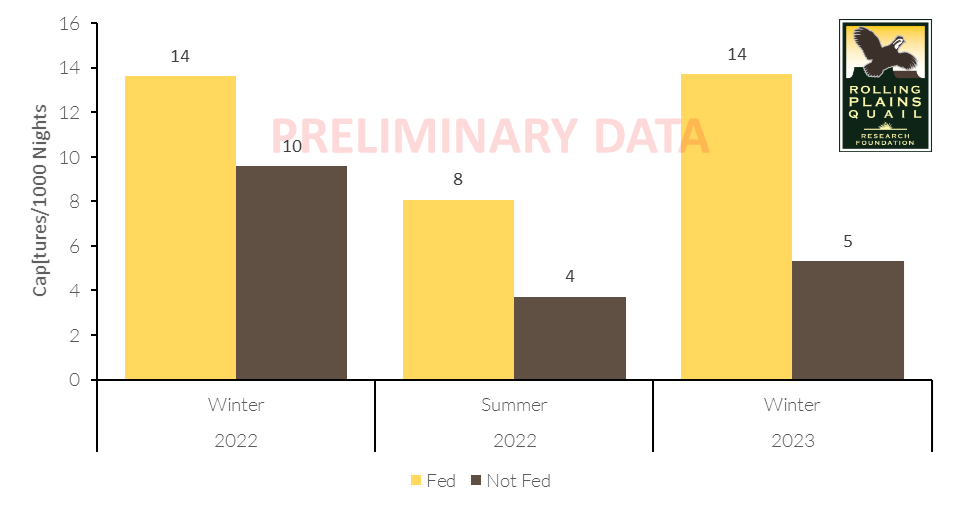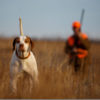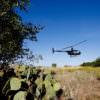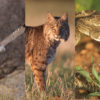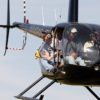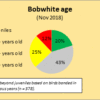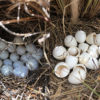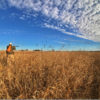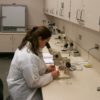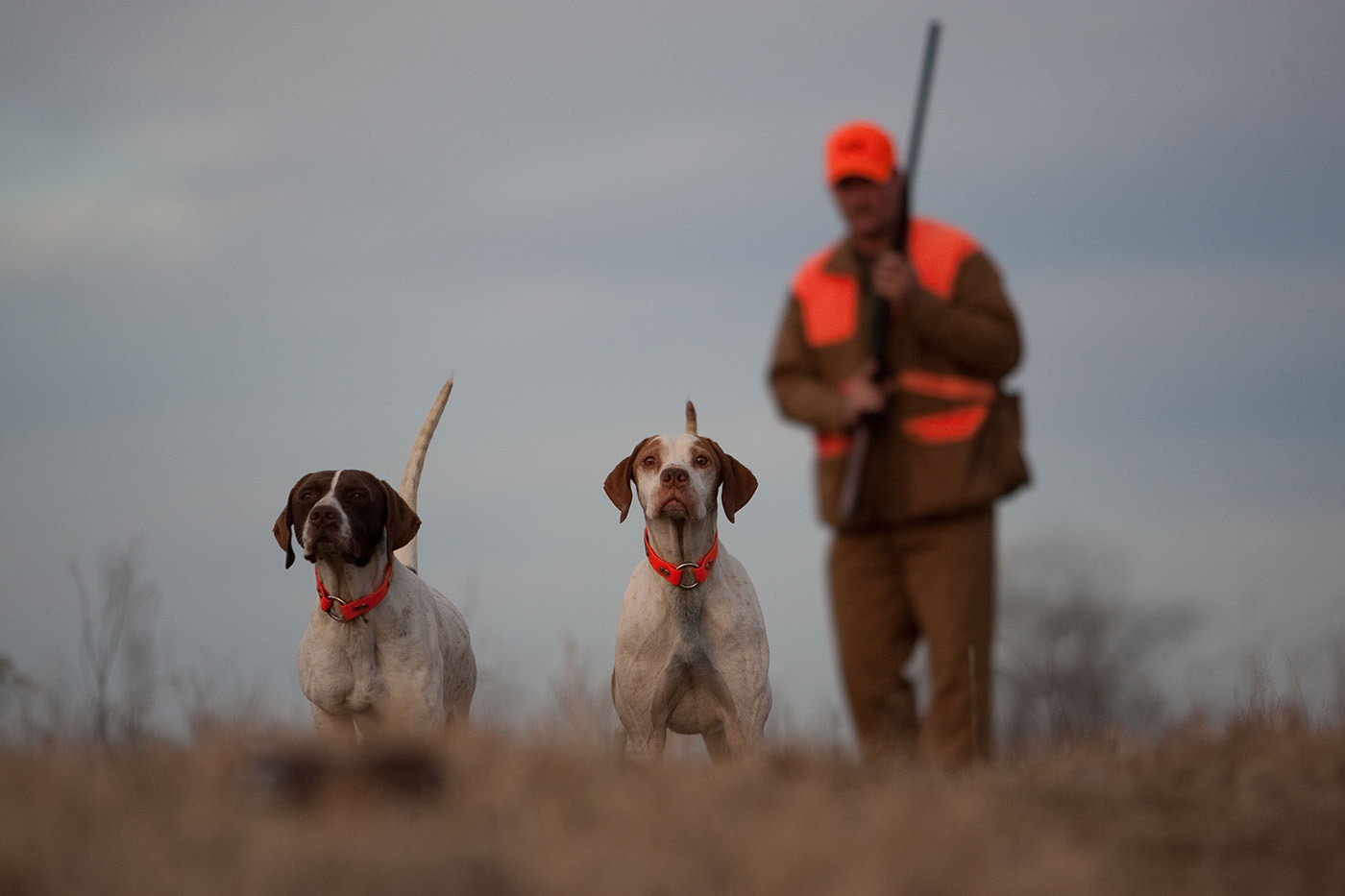
Quail and rodents have many things in common–they both eat seeds, use similar vegetation for shelter from the elements and predators, and everything wants to eat them. It should be no surprise that when mice and rats are doing well, quail are as well.
As part of our monitoring efforts at the RPQRR, we set Sherman traps twice a year to monitor rodent populations. Each rodent caught gets a small aluminum ear tag and is then released back into the environment. We just finished our winter trapping session and caught 254 rodents (179 unique individuals) from 8 species. Hispid pocket mice were the most common, with 68 (43 unique) caught.
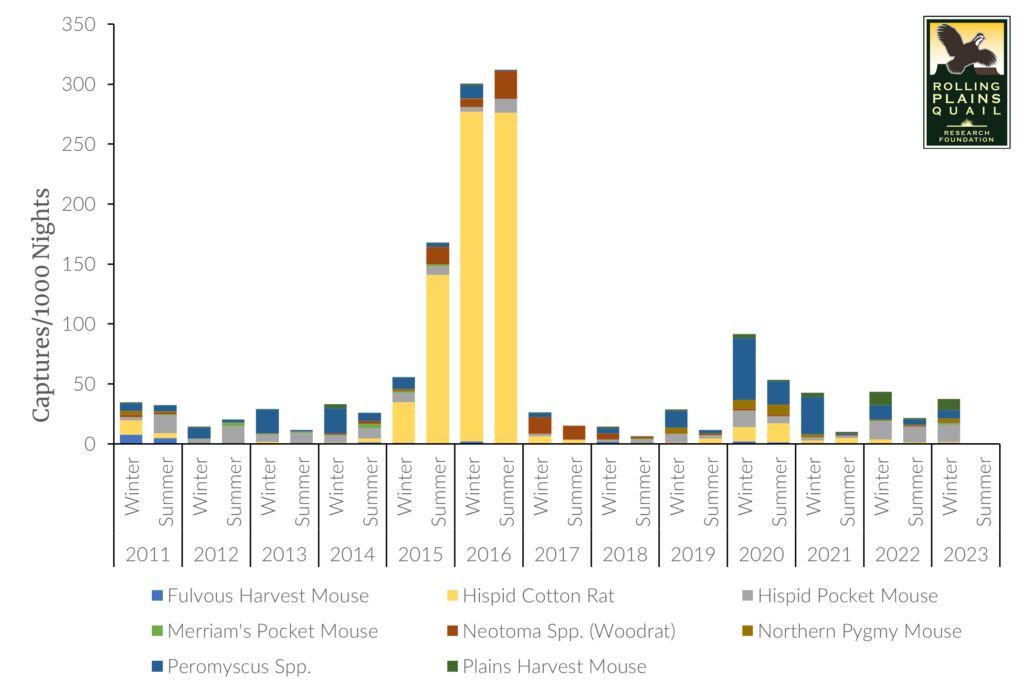
But, so what? Are there ways we can manipulate rat numbers? This was one of the questions that arose as part of our new supplemental feeding study. Supplemental feeding may directly affect quail through changes in behavior (e.g., space use, foraging strategies, etc.), survival, and reproduction either positively or negatively, depending on method of feed delivery, timing, cover, etc. Feeding may also indirectly affect quail by altering components of the ecosystem that are inextricably linked to quail numbers, like small mammal populations. Overlaying our 8 hunting courses at RPQRR are 4 feed treatment units and 4 control units. Overlaying these are our 24 small mammal trapping grids (3 grids per unit). If we can see changes in some parameters of the system (e.g., quail nesting rates, survival, small mammal numbers) but not others, this may help understand the mechanisms in which food provisioning works (directly, indirectly, or both). If no changes are seen, other hypotheses relating to cover may have more merit.
Since beginning feeding last January, we have trapped small mammals 3 times and distributed about 1.2 bushels of milo per acre on fed areas. During the first occasion (Feb 2022), we had just started our study (Jan 2022). Captures were slightly lower on non-fed pastures. During summer, we observed a 60% decrease in captures on non-fed areas and a 43% decrease on fed areas. This January, fed areas increased 75% whereas non-fed areas increased 25%. These data are to be considered preliminary, as the treatment and control units will be reversed next year. Statistical comparisons for population sizes are pending. One thing was certain, the addition of feed alone was not enough to outweigh the dry conditions last summer and give us a boost. Cover and temperature likely remained important variables in the equation.
